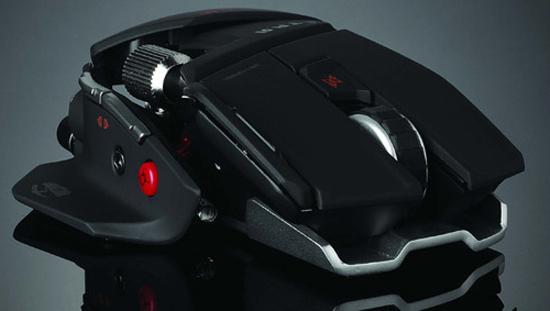One of the indispensable components of any modern computing system is a computer mouse. This "rodent" has long become a part of not only personal computers, but also laptops, however, in a slightly modified form.
Everyone knows what a computer mouse looks like. To some extent, it really resembles a well-known agricultural pest, although with a number of reservations. It is believed that this association will not be obvious to future generations of users. If only because the modern computer mouse is increasingly being performed wirelessly, having lost its “tail”.
The principle of operation of this amazing device is extremely simple: when it moves along the surface, the relative coordinates are transmitted to the computer, where they are converted by special software into the cursor movement on the screen. Interestingly, it can be not only the usual arrow of the operating system, but also a character in a computer game. Behind the apparent simplicity lies the work of engineers, electronics engineers and programmers. Depending on the design features, a computer mouse can detect movements in different ways. Let's remember how these seemingly identical devices differ.

The first models that appeared 50 years ago were mechanical. Inside the device was a massive metal ball covered with a layer of rubber. The bottom side was in contact with the outer surface, and the other two with rollers. There could be four, but only two were processed. When moving the hand holding the mouse, the rotation of the ball was transmitted to the rollers, from them to the switches, and then it was converted into a sequence of electrical signals sent to the computer. Two rollers are enough to get the coordinates of a point on a plane. The disadvantages of this solution include the need for periodic cleaning of the ball from adhering dirt (hair wound, dust adhered) and replacement of worn components.
Soon they were replaced by optical-mechanical solutions. Outwardly, everything remained unchanged, but the switches were eliminated, giving way to a more reliable solution - an optocoupler. Behind the “scary” name are completely harmless LEDs and an optical sensor, collectively called an optocoupler pair. Each roller was combined with a perforated wheel placed between the sensor and the diode. During rotation, the light flow was interrupted, which was recorded by the sensor and transmitted to the computer. Knowing the window / wall shift frequency, it was possible to determine the speed of movement and direction.
In 1999, original computer mice, called optical mice, appeared, in which the mechanical way to register movement was completely abandoned. An LED illuminates the surface under the arm, and a primitive camera takes pictures with a certain frequency.
The processor of the device processes them and, based on the results obtained, makes a conclusion about the speed and direction of displacement. It remains only to transfer this data to the driver program.
Soon they were replaced by laser modifications. The processor has become more efficient, focusing accuracy has increased, there are almost no “problem” surfaces on which the sensor does not work. The main difference from the optical in another type of LED, which emits not in the visible but in the infrared range. By the way, the most expensive computer mouse is a laser one. True, its high cost (more than 24 thousand dollars) is explained primarily by inlaid precious stones, and not by technical features.